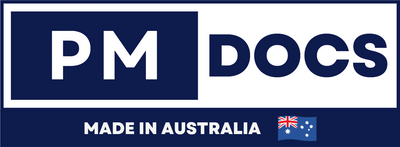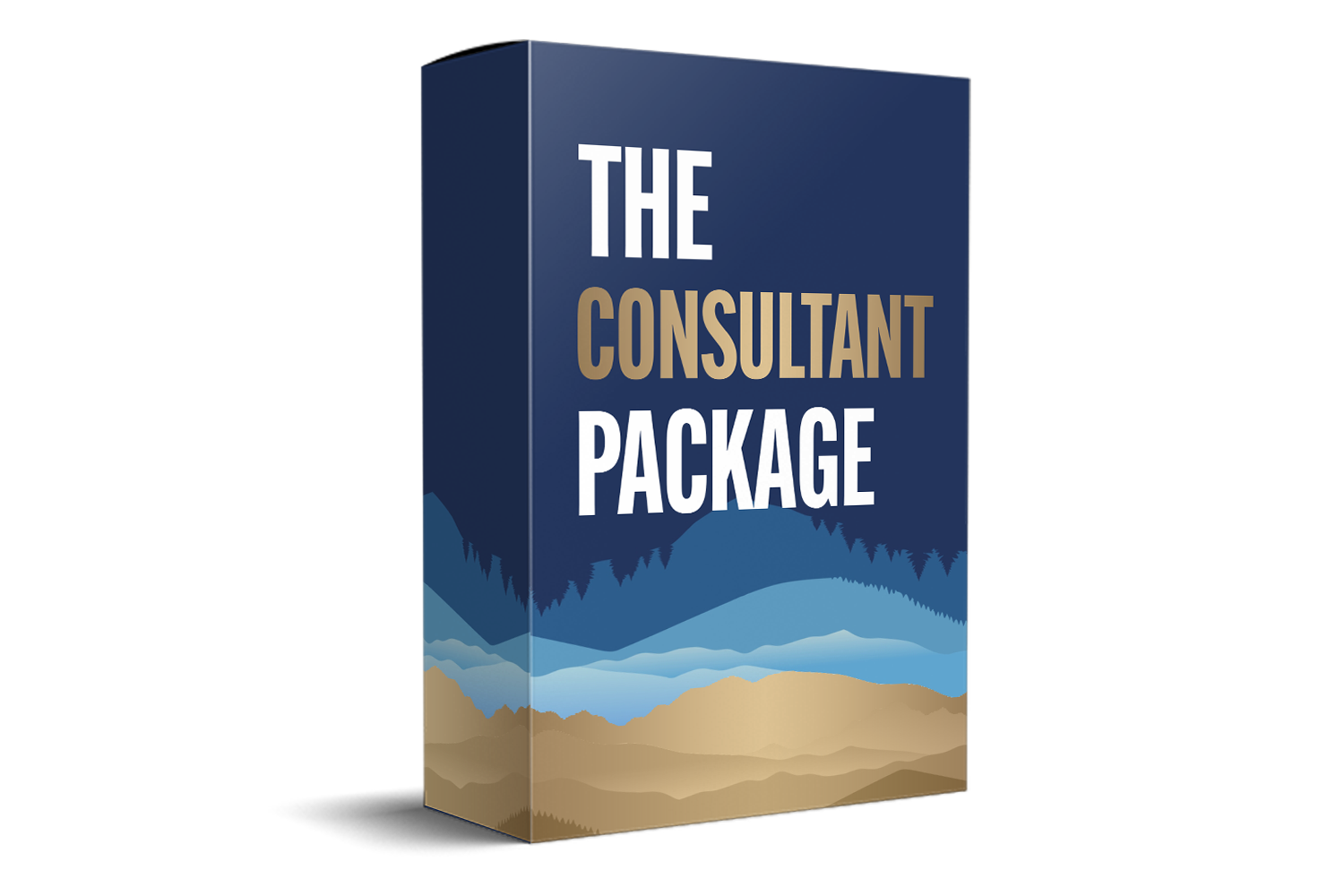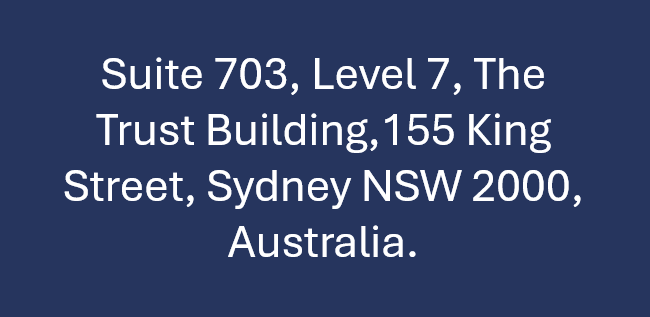ISO 9001 Australian Standard vs International ISO 9001
ISO 9001: Australian Standard vs. International Standard – Is There A Difference?
If you're navigating the world of Quality Management Systems (QMS) in Australia, you've undoubtedly encountered ISO 9001. It’s the global gold standard for demonstrating a commitment to quality, customer satisfaction, and continuous improvement. But a common question arises for Australian businesses: is the Australian version of the standard different from the international one?

The short answer is no, not in its requirements. However, there’s a little more to the story. Understanding the relationship between the two is crucial for any Australian organisation seeking certification or simply looking to improve its processes.
Let’s demystify the ISO 9001 Australian Standard versus the International ISO 9001.
The Core Truth: Identical Requirements
First and foremost, it's essential to understand that the technical content and all the requirements of ISO 9001 are identical worldwide. The International Organization for Standardization (ISO) develops the standard through a consensus-driven process with input from national standards bodies worldwide, including Standards Australia.
When ISO publishes a new version (e.g., the significant update in 2015), Standards Australia adopts it verbatim. The Australian version is formally known as AS/NZS ISO 9001:2016 (the ‘AS/NZS’ denotes the joint Australia/New Zealand adoption, and the 2016 publication year reflects the time it took for the local adoption process).
The clause structure, the core principles, and every single "shall" statement (the mandatory requirements) are exactly the same. An organisation certified to AS/NZS ISO 9001:2016 is, by definition, certified to the international ISO 9001:2015 standard.
So, What’s The Difference? The “Australian” Add-Ons
While the standard itself is identical, the Australian version includes additional front-matter that provides local context and guidance. This is the primary differentiator. The AS/NZS ISO 9001:2016 publication includes:
- A National Foreword: This section explains the role of Standards Australia, the intent of the adoption, and clarifies the relationship between the Australian and international documents. It explicitly states that the text is identical to the international standard.
- An Australian Appendix: This is the most valuable part of the Australian publication. It provides guidance on the application of ISO 9001 within the Australian regulatory and business environment. It helps Australian users interpret the requirements in a local context.
Breaking It Down: A Comparative Table
The following table highlights the key similarities and the one major difference.
| Aspect | International ISO 9001:2015 | Australian AS/NZS ISO 9001:2016 |
|---|---|---|
| Core Requirements | The complete set of QMS requirements (Clauses 4-10). | Identical. The complete set of QMS requirements (Clauses 4-10). |
| Text & Wording | The official ISO text in English. | Identical. The exact same text for the standard itself. |
| Purpose & Scope | To provide a global framework for a QMS. | Identical. To provide a global framework for a QMS, adopted for use in Australia and New Zealand. |
| Certification | Certification body audits against these requirements. | Certification bodies in Australia audit against these same requirements. A cert to AS/NZS ISO 9001 is a cert to ISO 9001. |
| Additional Content | None. Just the standard. | Includes a National Foreword and an informative Appendix with Australian-specific guidance. |
| Primary Audience | A global audience. | Australian and New Zealand organisations, providing local context. |
Why The Australian Guidance Appendix Matters ?
The appendix in AS/NZS ISO 9001:2016 is not a set of extra rules but rather a interpretative guide. It helps Australian businesses bridge the gap between the high-level international standard and local practices. Key areas it addresses include:
-
Interpretation of Terms: It clarifies how certain terms in the standard should be understood within the Australian legal and linguistic context.
-
Statutory and Regulatory Requirements: This is a crucial element of Clause 4 (Context of the organization) and Clause 8 (Operation). The appendix emphasizes the need for organisations to identify and comply with all relevant Commonwealth, State, Territory, and local legislation. This includes, but is not limited to:
- Competition and Consumer Act 2010 (including Australian Consumer Law)
- Work Health and Safety (WHS) legislation
- Privacy Act 1988
- Industry-specific regulations (e.g., for healthcare, construction, food safety)
- Competition and Consumer Act 2010 (including Australian Consumer Law)
- Application to Specific Sectors: It provides hints on how the standard's principles can be applied across different sizes and types of Australian industries, from small businesses to large corporations and in both the private and public sectors.
Which One Should Your Australian Business Use?
This is the practical question, and the answer depends on your goals.
Use the International ISO 9001:2015 if:
- You are looking for a free version to understand the basic requirements. The international standard can often be found online for reference.
- Your primary focus is on understanding the global framework without immediate need for local regulatory context.
Use the Australian AS/NZS ISO 9001:2016 if:
- You are seriously implementing a QMS.
- You are preparing for certification. Auditors and consultants in Australia will be working from this version.
- You want the complete picture, including the vital guidance on navigating Australian legislation.
- You need to ensure your system is not only quality-focused but also fully compliant with Australian law.
Purchasing the official AS/NZS standard from SAI Global or Standards Australia ensures you have the correct, authoritative document and supports the ongoing work of standards development.
Key Takeaways For Australian Organizations
-
No Difference in Rules: The set of requirements you must meet for certification is 100% identical between ISO 9001:2015 and AS/NZS ISO 9001:2016.
-
Added Local Value: The Australian version includes an invaluable appendix that guides you on applying the standard within Australia’s unique legal and business landscape.
-
Certification is Global: A certification issued in Australia against AS/NZS ISO 9001 is recognised internationally as ISO 9001 certification.
- Invest in the Right Resource: For implementation, always use the official AS/NZS ISO 9001:2016 publication. The cost is a wise investment for the added local guidance and compliance assurance.
Ultimately, the choice between the “Australian” and “International” ISO 9001 is not a choice between two different standards. It’s a choice between the bare international text and a locally-enhanced version of the very same text. For any Australian business, the local context provided by the AS/NZS adoption is not just useful—it’s essential for building a robust, compliant, and effective Quality Management System.
ISO 9001 Australian Standard vs. International: Unlocking Global Quality For Your Business
ISO 9001 stands as the world's most trusted guide for quality management systems (QMS). Businesses everywhere use it to sharpen how they work, boost customer happiness, and build trust across borders. Getting this standard means you're serious about being your best.
But what happens when a global standard meets local rules? Australia has its own spin on ISO 9001. Do these local touches change much for Australian businesses? Let's clear up any confusion and see how Australia handles this key international benchmark.
Understanding The Core of ISO 9001: The International Benchmark
What is ISO 9001?
ISO 9001 offers a solid plan for making and keeping a good quality system. It helps you ensure your products or services consistently meet customer needs and regulatory rules. Think of it as a roadmap for staying organized and delivering quality, every time.
This standard builds on seven key ideas:
-
Customer Focus: Always put your customers first.
-
Leadership: Leaders set the direction and create a good environment.
-
Engagement of People: Everyone in your team helps make quality happen.
-
Process Approach: See your work as interconnected steps that lead to results.
-
Improvement: Always look for ways to do things better.
-
Evidence-Based Decision Making: Make choices based on real information, not guesses.
- Relationship Management: Build good connections with suppliers and partners.
When you use ISO 9001, your business often runs smoother. You'll see less waste, happier customers, and new chances to grow your market. It helps you fix problems before they get big.
Key Clauses And Requirements
The ISO 9001 standard has a clear structure, with different parts called clauses. Each clause covers a vital area of your quality system. These sections make sure you think about every part of your business.
The main clauses include:
-
Context of the organization: Understand your business and what matters to it.
-
Leadership: Leaders show their commitment to quality.
-
Planning: Set goals and plan how to reach them, considering risks.
-
Support: Provide the right people, resources, and information.
-
Operation: How you deliver your products or services.
-
Performance evaluation: Check how well your system is working.
- Improvement: Make changes to get better over time.
One big idea in ISO 9001 is risk-based thinking. This means you look ahead to spot possible problems or chances. Then, you plan how to handle them. This helps your business avoid bad surprises and make smart moves.
Australia's Adoption Of ISO 9001: AS/NZS ISO 9001
The Role of Standards Australia and Standards New Zealand
In Australia, the job of bringing international standards home falls to Standards Australia. Our neighbours across the Tasman, Standards New Zealand, often work hand-in-hand. They review global standards like ISO 9001. Then, they decide how these standards fit into our local system.
This joint effort ensures a shared understanding of quality practices between the two nations. When an international standard is adopted, it gets a special local name. This is why you see "AS/NZS ISO 9001." It means Australia and New Zealand have officially taken on the international version.
Identifying Key Differences (or Lack Thereof)
Many people wonder if the AS/NZS ISO 9001 standard is different from the international ISO 9001. The answer might surprise you. For all practical needs, AS/NZS ISO 9001 is identical to the international ISO 9001:2015 standard. The core rules and what you need to do are exactly the same.
You might find very small changes in things like how a page looks or how text is worded. These are editorial fixes and do not change the actual things your business must do. So, if your company follows AS/NZS ISO 9001, you are following the international standard. There's no real difference in the demands placed on your QMS.
Why The Confusion? Understanding National Variations
The Concept of "National Standards"
The idea of "national standards" can sometimes cause confusion. Many countries adopt ISO standards but may add specific notes or guides. These might point to local laws or industry rules. For instance, another country might take ISO 9001 and add extra details for their specific energy sector. These additions help businesses in that country meet both global and local needs.
These national tweaks don't change the basic ISO 9001 framework. Instead, they provide extra layers of detail. This makes it easier for businesses to apply the standard within their own legal and cultural context. It is important to know that Australia chose not to add these extra layers. We stick to the global text.
Implications For Australian Businesses Operating Internationally
For Australian businesses, your AS/NZS ISO 9001 certification holds global power. It shows you meet a world-class level of quality. This means your certification will be recognized and respected by partners and customers worldwide. Your local certification is your ticket to international markets.
When doing business outside Australia, always share your AS/NZS ISO 9001 certificate. Make it clear that this standard directly mirrors the international ISO 9001. Also, make sure to understand any specific local rules in the country where you operate. This ensures smooth sailing when expanding your business.
Benefits And Practicalities Of ISO 9001 In Australia
Achieving Certification: The Australian Journey
Getting ISO 9001 certified in Australia means you are serious about quality. The process helps you build a strong QMS. First, you should look for an accredited certification body right here in Australia. These groups will check if your system meets the standard.
Your journey will likely involve:
-
Gap Analysis: See where your current practices don't quite match ISO 9001. This helps you plan what to improve.
-
System Implementation: Put your new or updated quality processes in place.
-
Internal Audit: Check your own system to find any weak spots.
-
External Audit: An independent body will come in to check everything.
- Certification: If all goes well, you earn your AS/NZS ISO 9001 certificate.
Starting with a gap analysis saves you time and money. It pinpoints exactly what you need to fix before the official audit.
Case Studies: Australian Success Stories
Australian companies across many sectors have seen real wins with ISO 9001. For example, a mid-sized manufacturing firm in Victoria used it to cut down on product defects. They boosted their on-time deliveries by 20%. This made their customers much happier.
Another service provider, based in Sydney, improved how they handle customer feedback. This helped them keep more clients and grow their business. "ISO 9001 gave us a clear pathway to not just meet, but exceed, customer expectations," says Jane Doe, a leading QMS consultant. "It's about making quality part of your business's DNA." These examples show how the standard helps businesses become more efficient and competitive.
Statistics On ISO 9001 Adoption In Australia
ISO 9001 is widely accepted across Australia. By [Insert Year, e.g., 2022], thousands of Australian businesses held ISO 9001 certification. Many certified companies report better staff morale and improved supplier relationships. Data often shows that businesses with this certification also see a rise in market confidence. This solid standing reflects the standard's clear value to the Australian economy.
Conclusion: Your Path To Enhanced Quality Management
For Australian businesses, the message is clear: AS/NZS ISO 9001 is the same powerful standard as the international ISO 9001. It gives you that global nod of approval. This means your hard work on quality will be understood and respected anywhere in the world.
The true goal isn't just getting the certificate. It's about truly living by the standard. Focus on building a strong quality system that helps your business run better every day. By doing this, you'll gain a real edge, both at home and when you stretch your reach overseas.




